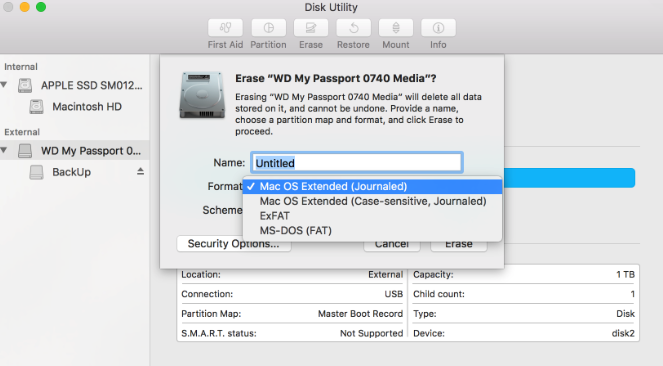

pkg Files to View What Will Install on Mac with Suspicious Package How to Trigger an Alert Dialog Pop-Up from Command Line in Mac OS How to Prepare for & Install macOS Sierra How to Create a Bootable macOS Sierra Installer How to Allow Apps from Anywhere in macOS Sierra Gatekeeper

How to Enable Accessibility on Mac OS X 10.11 El Capitan How to change your Mac's default Web browser and email app How to Turn Your Mac Into a Wi-Fi Hotspot How to force an app to close on your Mac.ĭeleting Cache and Log Files Manually on the Mac. How to set the Default Printer in Windows 10. How to change a printer’s name and location Mac OS. How to review remaining space on your Mac hard drive How to check serial number OS X Mavericks or earlier. How to check serial number OS X Yosemite. How to set the resolution for a connected display Mac OS How to set the resolution for your primary display Mac OS How to use input sources to type in other languages How to Set a Manual IP Address in Mac OS X When completed, the drive will be formatted to the Mac OS X compatible HFS+ filesystem. Smaller external hard drives, SSD’s, and USB flash keys format quickly, while a larger hard drive may take a while longer. That’s all there is to it, the drive will now format and erase everything on it.


Formatting a drive will erase all data and partitions on the disk: This is a simple procedure and is achieved the same way for all drive types and through all connections, be they USB, Firewire, or Thunderbolt.


 0 kommentar(er)
0 kommentar(er)
